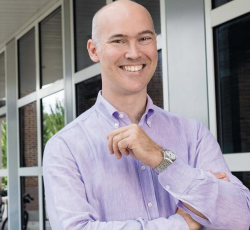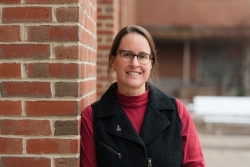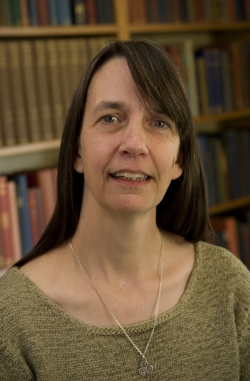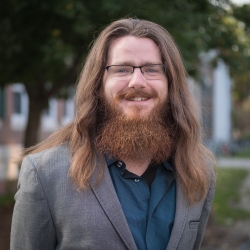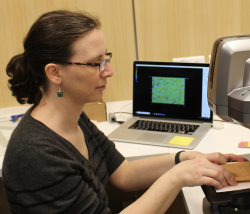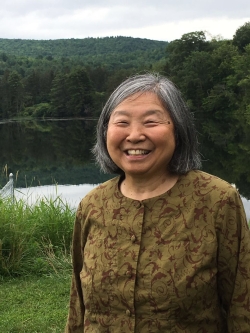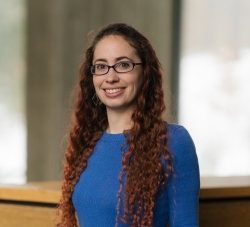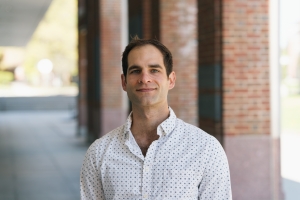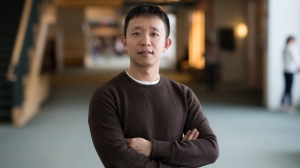Exploring Watershed Moments Using Virtual Reality
Kathy Cottingham, James Mahoney, Quin Shingai, Monika Roznere, Jess Trout-Haney, Jeff Kerby, John Bell and the DEV studio
Freshwater resources sustain life while serving as economic and cultural infrastructure for societies worldwide, providing food, transportation, drinking water, recreational opportunities, and other valuable ecosystem services that promote human well-being. Despite the critical importance of water to civilization, humans often adversely impact water quality via deforestation, fertilizer overuse, and pollution - impacts that can be exacerbated by the indirect effects of climate change. Unfortunately, the combined direct and indirect anthropogenic effects on lakes and reservoirs can be difficult to understand due to the separation of cause and effect in space and time. We seek to raise awareness of these issues by harnessing virtual reality (VR), a tool which can enhance users' empathy and modify their subsequent behavior.
In this study, we aim to develop a working prototype for an open-source VR simulation of a generalized freshwater lake ("Sim Lake") to serve as a base environment that can be adapted for research, education, and outreach. Specifically, we plan a two-stage, coupled prototype that combines VR simulations of the area around a lake with stereoscopic, photo-based components, above and below the water surface. In stage 1, we will simulate the experience of visualizing abstracted watersheds from a bird's eye view, and also standing on a lake shore, creating an improved version of similar work in Dartmouth extended reality courses. In stage 2, the simulated environment will provide context for a more photorealistic world populated by stereoscopic images closely informed by real-world above water and underwater photos and videos. This more realistic view will facilitate the examination of in-lake conditions, and would include the ability to "tune" properties that cue participants as to the potential water quality and safety of the simulated freshwater lake ecosystem. For example, we can change the clarity and color of the water from a clear blue signaling "clean" water, to a murky blue-green signaling a cyanobacteria bloom, to a murky brown signaling transport of sediment into the lake following a large rainfall event. We can alter the lake bottom from cobble to sand to mud or add and remove particular organisms such as lake trout or invasive Eurasian watermilfoil. Changes to the surrounding land can also be connected to what things look like underwater. Upon completing beta-testing and debugging, the environment will be available open source via a project website, for use by our team and others. Once developed, we plan to gamify "Sim Lake" to communicate the importance of freshwater resources and help users to better understand how their activities on land impact the freshwater ponds, lakes, and reservoirs on which they depend. We also hope to use this tool in research to improve human use and management of these resources.
